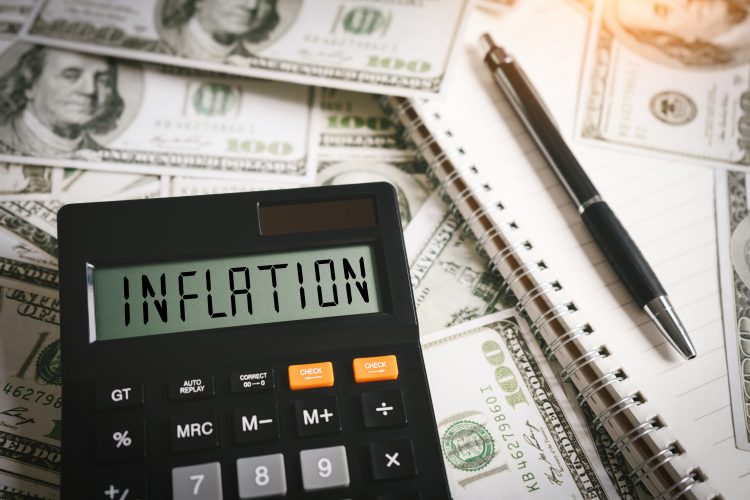In a Consumer Price Index (CPI) report April 10, those hoping mortgage rates would soon decline once the Fed lowered interest rates were likely disappointed. The CPI accelerated in March, pushing inflation higher and likely giving the Federal Reserve pause when considering lowering interest rates.
The CPI for all urban consumers increased 0.4% in March on a seasonally adjusted basis, the same increase as in February, according to the U.S. Bureau of Labor Statistics. Over the last 12 months, the all items index increased 3.5% before seasonal adjustment.
The index for shelter rose in March, as did the index for gasoline. Combined, these two indexes contributed over half of the monthly increase in the index for all items. The energy index rose 1.1% over the month. The food index rose 0.1% in March. The food at home index was unchanged, while the food away from home index rose 0.3% over the month.
The index for all items less food and energy rose 0.4% in March, as it did in each of the two preceding months. Indexes which increased in March include shelter, motor vehicle insurance, medical care, apparel and personal care. The indexes for used cars and trucks, recreation and new vehicles were among those that decreased over the month.
After hitting a 40-year high of 9.1% in June 2022, inflation has slowed. But after much progress in the fall, price increases have become more volatile.
Three interest rate reductions for 2024 had been forecast, but the Fed may hold off until inflation reaches 2%. Lowering borrowing costs too much or too early risks price increases to gain momentum again.
“March inflation figures were very bad, which also means bad news for interest rates,” commented National Association of REALTORS® Chief Economist Dr. Lawrence Yun.
“Consumer prices reaccelerated to 3.5%. This is higher than the 2% target inflation, which raises eyebrows regarding the Federal Reserve’s delay in cutting interest rates. The bond market immediately responded with high yields to compensate for the loss in purchasing power. Mortgage rates, unfortunately, will move a notch higher and are likely to cross above 7% in the upcoming weeks. In addition, the gigantic federal budget deficit will soak up more borrowing, thereby leaving less for mortgage borrowing.
“One strange data point is rent, which the official data shows at 5.8%. The unofficial data from the apartment industry indicates falling rent due to over-construction. If rent data calms, then overall inflation will automatically be lower. It is, therefore, possible to get to the 2% inflation target by year’s end, even with bumps and delays.”
Realtor.com® Chief Economist Danielle Hale had this to say:
“Today’s data marks a second month of rising annual inflation—a departure from the prior, reassuring trend. This illustrates just how challenging the Fed’s policy tightrope will be to walk, balancing the need to tame inflation without tipping the economy into recession. Today’s data also bolsters the case for waiting for clearer signs of easing inflation since actual data has exceeded recent forecasts, especially on the heels of better-than-expected labor market data. Today’s inflation data raise the odds of a revision to the 2024 outlook in June that implies fewer rate cuts.”












